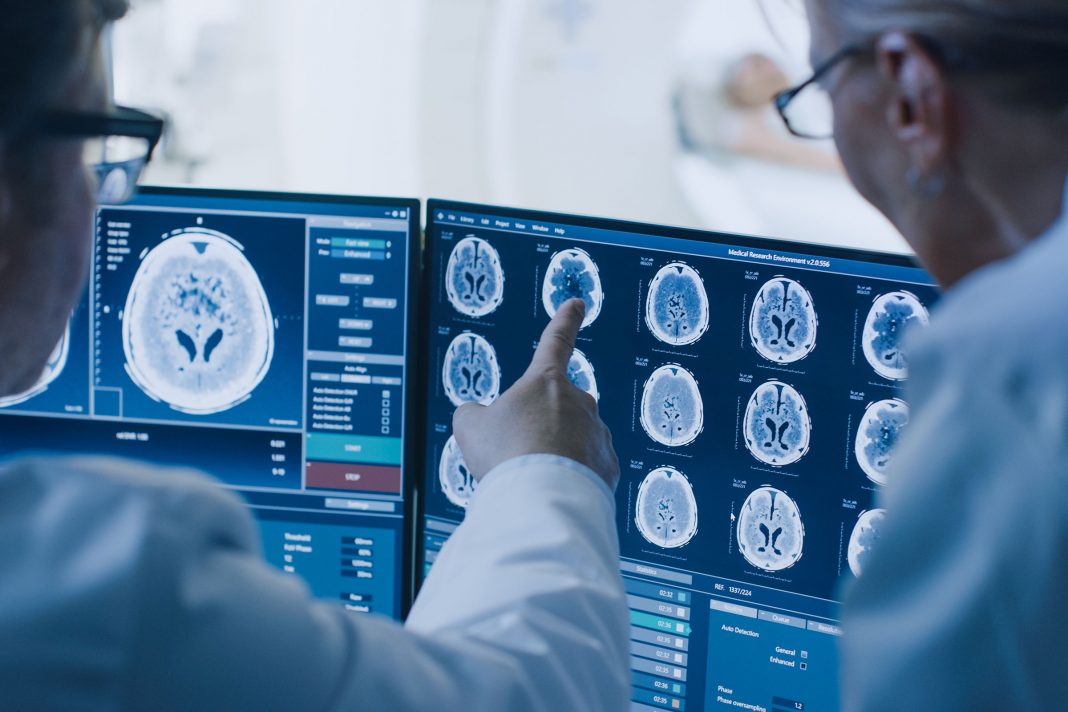Cancer has been the culprit of so many deaths. Aside from the cost that it takes to get healed, the healing itself is also a painful process that people go through. With the technology that we have today, chemotherapy is one of the main treatments for almost all kinds of cancers. This type of medication though is most effective in the earlier stage of the disease. In most cases, the later stage of cancer is the most difficult to treat and most of the time leads to the untimely demise of the patients diagnosed with the illness.
Scientists are finding ways to make it easier for them to detect cancer and inform their patients as to where the cancer is located. Early detection gives patients the chance to survive and seek treatment as soon as possible. There are several means by which cancer is detected but most of the time the earlier stages are left undetected due to its asymptomatic nature in which the signs and symptoms only show in the later stages of the illness.
Blood Works and Biomarkers
There are some findings that the blood often carries proteins that are only produced when there is a presence of cancer cells. The carcinoembryonic antigen is a blood work that allows the doctor to know whether there is a presence of cancer cells in the internal organs by means of locating proteins that are only produced by cancer cells. However, the number of these proteins may not be enough to fully detect their presence.
There are other technologies that are being developed to give accurate diagnoses in detecting cancer. An example of this is the nanoparticles that come to tumors and interact with the cancer cells to produce biomarkers that can be detected in the urine sample of an individual. With this type of detection, people can just have a urinalysis and automatically know whether they have cancer or not.
This technology not only detects cancer but also monitors the growth of the tumor or how the body is responding to a certain treatment. Other technologies also include the amplification of biomarkers to be able to fight cancer even after they form something harmful.
Gadgets of Cancer
Cancers can now be detected immediately after removing tumors from a body. It is like using a smart knife that gives off smoke that is off from the burnt flesh that was removed from our body. The knife detects whether the cell is cancerous or not. They say that detection depends on the odor that the knife produces after cutting off a portion of the tissues to be tested.
Bottom Line
Other gadgets such as ultrasound, MRI, and CT scans are also a product of technology that aids in the detection of cancer. These types of technology allow doctors to get immediate results in the detection of tumor which will eventually be diagnosed for cancer. There are imaging technologies such as tomosynthesis which is a 3D imaging that allows doctors to see whether there are abnormalities that some imaging devices fail to see.
